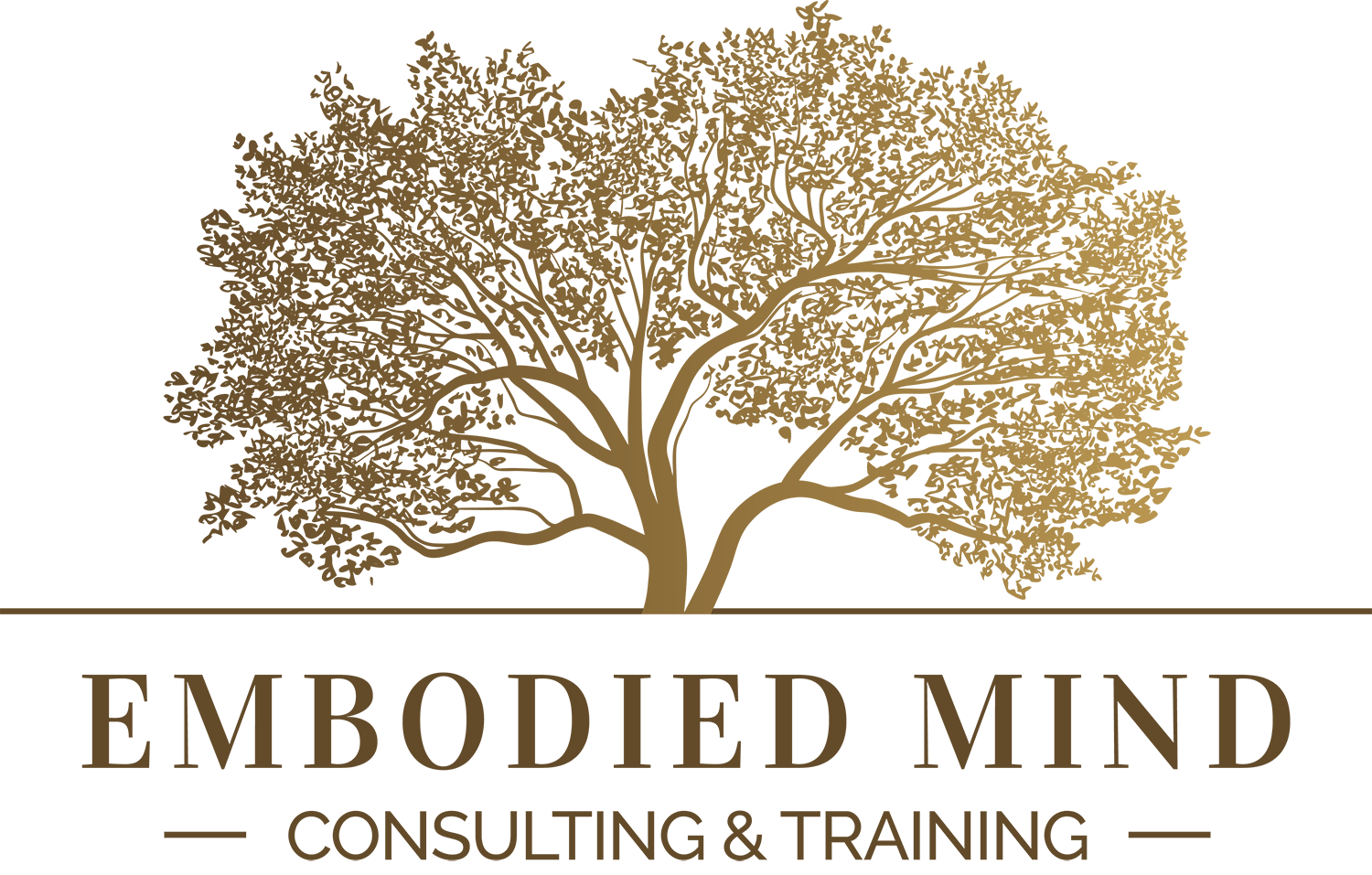Sustainability in Organizational Development, Part 1: An Experiment with Jane Loevinger’s Ego Development Stages
A blog post in two parts by Schirin Groß-Yachkaschi, Claudia Schröder & Andrea Taher, originally published by the Agile Organizational Development Guild
Part One
Since the founding of the Agile Guild, several circles have been established. This is a blog post from the Circle for Sustainability and Organizational Development (NOE)
https://agile-gilde.org/organisation/
Already in early 2021, at the beginning of our circle work, there were various initiatives to explore the term sustainability in the context of organizational development in a methodological way. Since we each carry different interpretations and values connected to the word sustainability, we hoped to gain practical experience through our methodological work—and perhaps discover suitable starting points for working with client systems.
After examining the term within the framework of the value square structure (as taught by the Syst Institute), Schirin Groß-Yachkaschi initiated a new experiment in July 2021. We wanted to explore the question:
"How can I, as an organizational facilitator, bring up or address the topic of sustainability in a way that aligns with the existing communication behavior within an organization, so that it becomes relatable for the people working there?"
To explore this, we used Jane Loevinger’s ego development model (as presented in Martin Permantier’s 2019 book “Attitude Decides”). We explored the topic over the course of three working sessions—two virtual and one in Hamburg. Participants included Andrea Taher, Carsten Holtmann, Claudia Schröder, Katja Witthöft, Monica Margoni, and Susanne Delius, in varying constellations.
We moved through two process phases:
Phase 1: Perceiving attitude or behavior through body awareness
Phase 2: Dealing with existing attitudes or behaviors within organizations
This blog post describes Phase 1, which was guided by Schirin. Using systemic constellation work, we explored each attitude, starting with the red stage (self-centered/impulsive) up to the petrol/teal stage (systemic/autonomous).
Schirin led us through the following steps: after a short tuning-in phase to connect with our own bodily sensations, we each stepped into one of the stages/attitudes. The goal was to feel how this attitude manifested in our bodies. Then, from within that attitude, we voiced thoughts, feelings, and associations—stimulated by the questions:
“What is sustainability?” and “How can sustainability be achieved?”
These responses were noted and assigned to the corresponding stages on a board. The result was an intriguing collection of impressions.
What were the first observations? Here are a few voices from the explorers:
It may be difficult to introduce the topic of sustainability when it encounters attitudes that assess all actions primarily by their benefit to the self or their contribution to economic success (red-orange). There’s a risk that only projects will be initiated that serve one’s image but don’t actually achieve much. Or, within the framework of a paternalistic worldview, patronizing projects might be implemented (amber – community-driven/conformist). How far do we, as consultants, move away from our own values when we engage in such settings? Or is it still meaningful to do so—out of respect for the fact that we’re all simply at the stage we're at? And that it’s especially important to connect with people who are different from ourselves and who would act differently?
Interestingly, the green attitude (relativistic/individualistic) does not necessarily make things easier. From this stance, one first becomes truly aware of the magnitude of the social and ecological challenge—and how far we are from meeting it. This can initially feel like a heavy burden. Also, the fact that one voices things that many don’t want to hear doesn’t make it any easier. “It’s not easy being green” (Kermit knew it all along).
Only starting from the teal/petrol attitude does it feel lighter again: the search begins for things that flow with ease—for the “acupuncture points of society,” as Otto Scharmer calls them. And there is a growing sense of the need for networks that can achieve more. We don’t have to do it alone. We need allies.
This exploration made it possible to briefly step into and experience the various attitudes toward the topic of sustainability. A key insight was that, depending on the context, a person can “shift” between these attitudes. Observing ourselves in this way made us realize how many different attitudes—and therefore inner tensions—exist within us.
The different images and associations that emerged around the term sustainability can help us, especially in organizational contexts, to observe diversity more consciously and respond appropriately—so we can introduce the topic in a resonant and respectful way.

